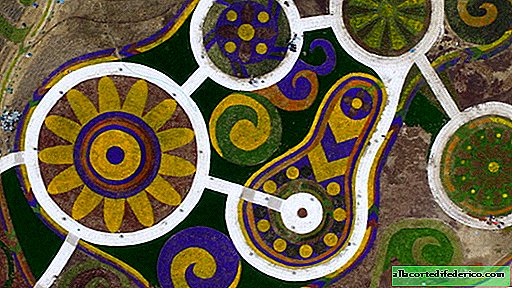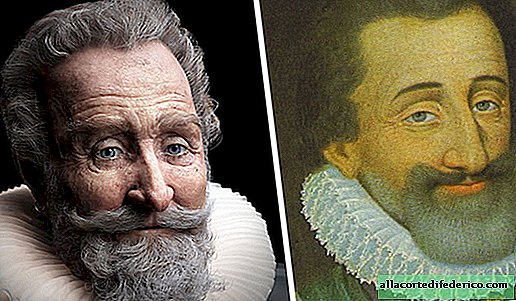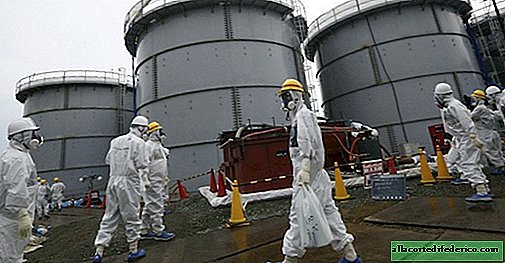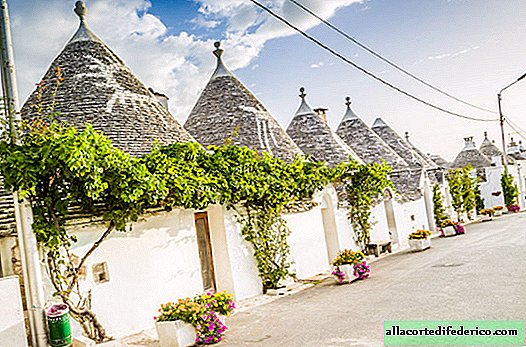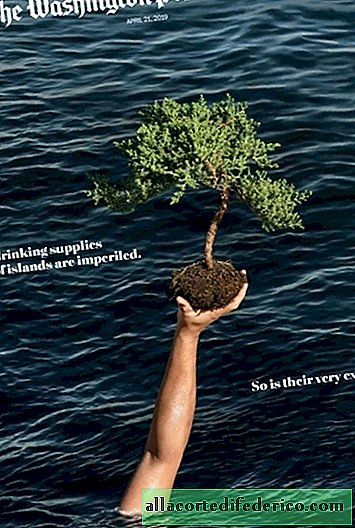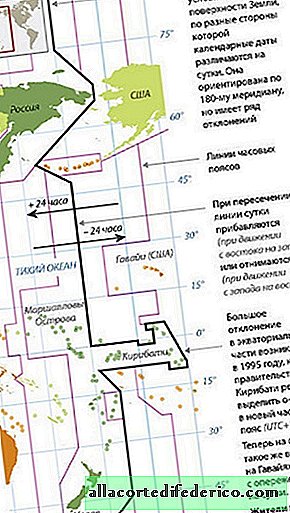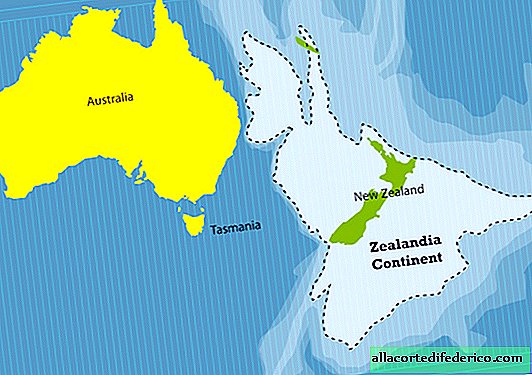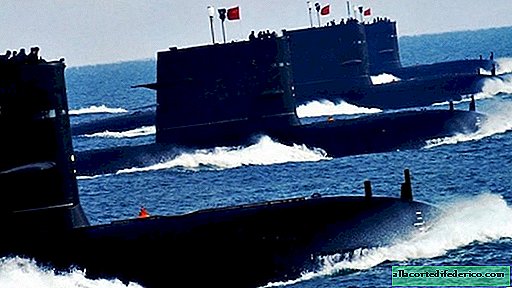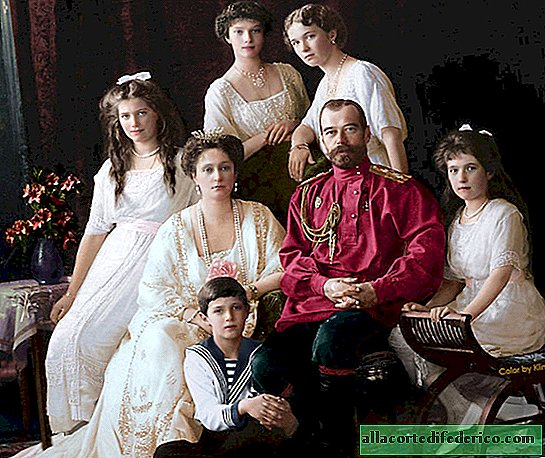Underwater Museum of Antiquity: how the ancient Roman city of Baia sank
At the bottom of the Gulf of Naples, off the western coast of Italy, are the ruins of the ancient city of Baia, some of which are very well preserved. Judging by the photographs taken by divers, here you can see marble statues, fountains, magnificent mosaics, the remains of residential buildings and temples. All this is covered with silt and marine plants and has remained unchanged for more than 1700 years. But what happened to this ancient city?


But gradually everything changed, and magnificent temples with marble statues and luxurious residences of emperors went under water. The fault is the volcano Vesuvius, due to the activity of which there have been changes in the coastline. The sinking of the coastal land and the flooding of the city took place gradually. Part of the ancient Baia is still on land, but most of the structures were at the bottom of the Tyrrhenian Sea within 100 meters of the coast. Most of the ruins are at shallow depths, within 3-20 meters.

Archaeologists, exploring the ancient ruins, found at the bottom of the bay several villas with perfectly preserved bathrooms, statues and mosaics. One of the residences was allegedly the property of Emperor Claudius.

Today, the sunken ruins of buildings and marble statues are part of the archaeological park and are accessible for tourists. The sunken Bayi is a fascinating place for diving. Well, those who do not want to dive can enjoy the ancient buildings of the boats or wander along the Bay, which is located on land.


